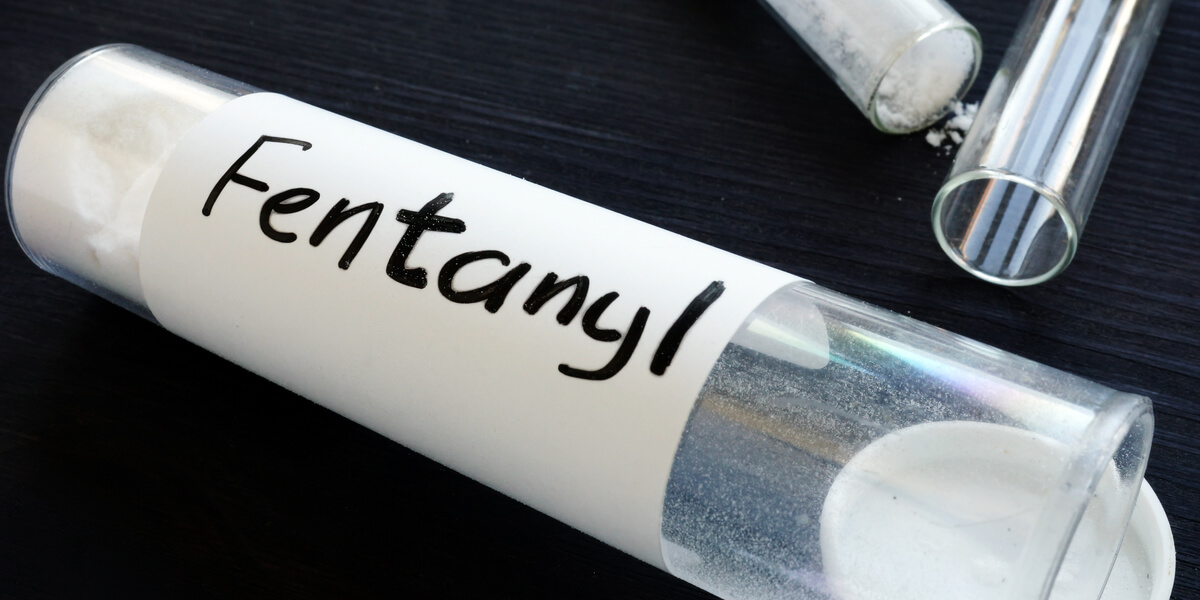
Can Fentanyl Be Absorbed Through the Skin?
Legacy Healing Center Blog
Fentanyl, a synthetic opioid known for its extreme potency, has been at the center of growing public concern due to its involvement in overdose cases across the nation. Beyond the risks of intentional misuse, there is a rising fear surrounding accidental exposure—particularly whether fentanyl can be absorbed through the skin, leading to potential harm. At Legacy Healing Center, we believe in the importance of educating individuals about the realities of fentanyl exposure, especially for those working in environments where they may come into contact with the drug.
This concern is particularly relevant for first responders, medical personnel, and even the general public, who might come into accidental contact with fentanyl powder or other forms. The misconception surrounding transdermal absorption has led to widespread fear and misinformation. The team at our rehab centers takes a closer look at the science behind fentanyl skin absorption, clarifies the risks involved, and provides practical steps to ensure safety when dealing with or potentially encountering fentanyl.
Understanding Fentanyl and Its Medical Uses
Fentanyl is up to 100 times more potent than morphine, making it one of the most effective yet dangerous opioids used in modern medicine. One common method of administering fentanyl is through transdermal patches, which deliver the drug slowly into the bloodstream through controlled skin absorption. These patches are used under strict medical supervision and are designed to provide consistent pain relief to patients with chronic conditions. So, can fentanyl be absorbed through the skin in other forms, such as powder or residue? The answer lies in the difference between medical transdermal patches and accidental contact.
Can Fentanyl Be Absorbed Through Casual Skin Contact?
Can fentanyl be absorbed through the skin during casual contact, such as touching a contaminated surface or handling items that may have come into contact with fentanyl? Scientific evidence suggests that brief, incidental contact with fentanyl is unlikely to lead to significant absorption. For instance, simply touching a small amount of fentanyl powder will not cause an overdose, as the skin acts as a natural barrier against rapid absorption. Nevertheless, it’s essential to take proper precautions when handling fentanyl, particularly in environments where the drug is present in large quantities.
While skin absorption of fentanyl sparks concern, the reality is that most everyday encounters with the drug do not pose a significant threat of overdose. Accidental exposure to fentanyl through casual skin contact is unlikely to lead to any severe consequences unless the contact is prolonged and involves a high concentration of the drug. Understanding these facts can help reduce unnecessary fear while promoting safe practices in environments where fentanyl may be present.
Debunking Myths About Skin Absorption of Fentanyl
One of the most pervasive myths surrounding fentanyl is that even brief skin contact can cause an overdose. This misconception has been fueled by widespread misinformation. In reality, casual contact with fentanyl is unlikely to cause any harm unless it involves prolonged exposure or the drug enters the body through other means, such as inhalation or ingestion. By debunking this myth, we can alleviate the unnecessary fears surrounding fentanyl exposure.
How to Handle Potential Exposure Safely
Even though the risk of fentanyl absorption through the skin is low, it’s important to take preventive steps when working in environments where the drug is present. Wearing personal protective equipment (PPE) such as gloves and masks is essential for minimizing any chance of exposure. If accidental contact occurs, washing the affected area with soap and water is generally sufficient to prevent harmful transdermal absorption of fentanyl. Taking these precautions can reduce the already minimal risk of fentanyl skin absorption in casual contact situations.
For those working in high-risk environments, such as first responders or healthcare professionals, additional steps may be necessary to prevent fentanyl exposure. For instance, wearing a respirator in situations where fentanyl powder may be airborne can prevent accidental inhalation, which poses a greater risk than absorption through the skin. By following these simple safety measures, you can protect yourself while working around fentanyl without worrying about accidental overdose from skin contact.
Understanding Fentanyl Skin Absorption and Seeking Help for Addiction
Fentanyl can be absorbed through the skin in specific circumstances, so it’s no wonder that it raises concerns among those who may come into contact with the drug. While fentanyl is extremely potent and dangerous, the risk of overdose from casual skin contact is minimal. By understanding the science behind fentanyl absorption through the skin and debunking common myths, we can better protect ourselves and reduce fear. Taking basic precautions, such as wearing gloves and washing exposed areas, ensures safety in environments where fentanyl may be present.
At Legacy Healing Center, we’re dedicated to providing education and support for those affected by addiction, including those undergoing opioid detox and treatment. If you or someone you love is struggling with fentanyl misuse, contact us today to learn more about our comprehensive treatment programs. Also, feel free to check out our other recovery articles for more insights. We aim to help individuals and families overcome addiction and reclaim their lives.
